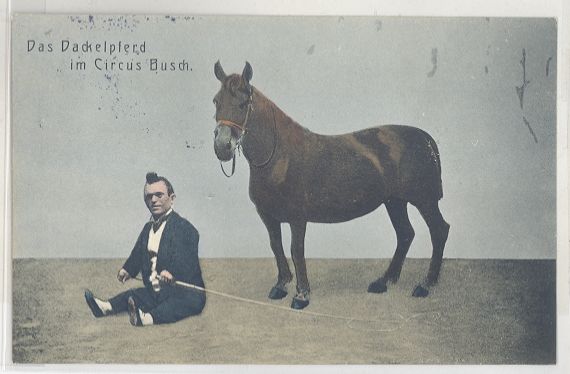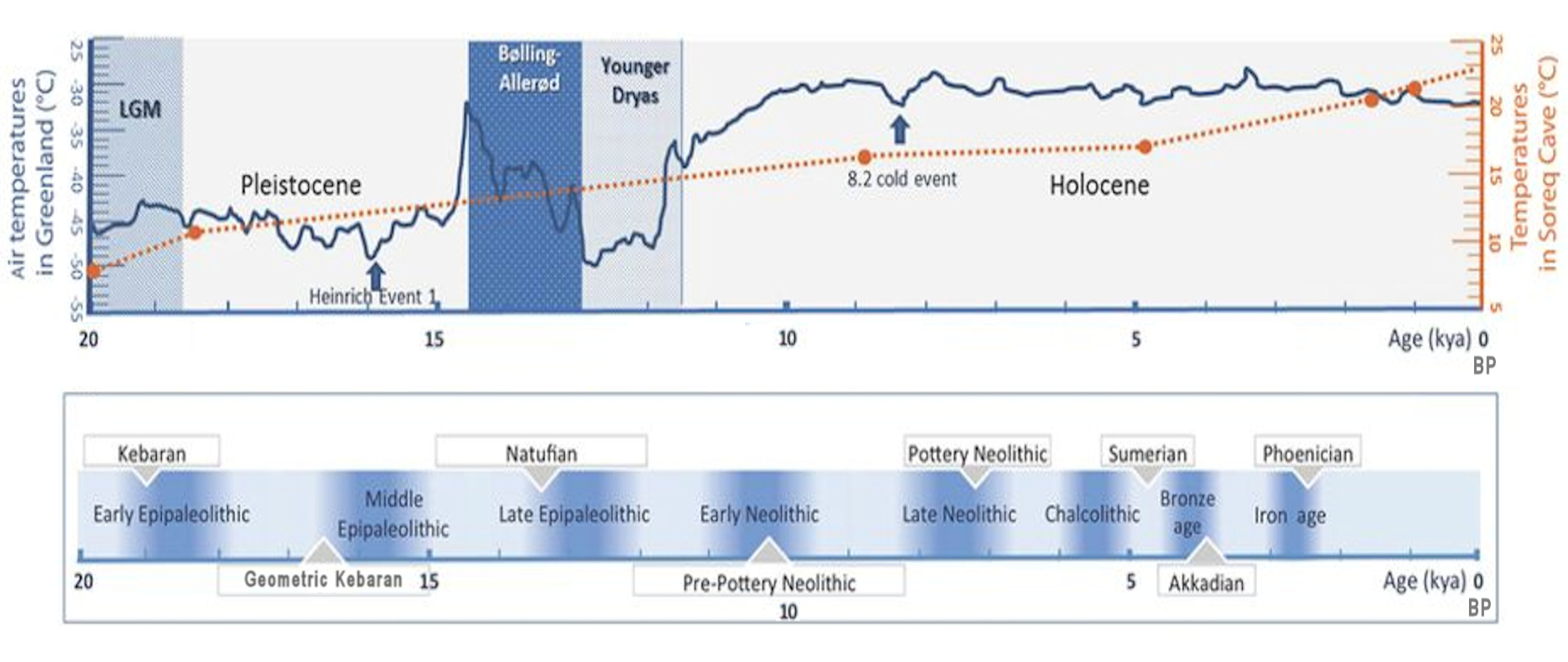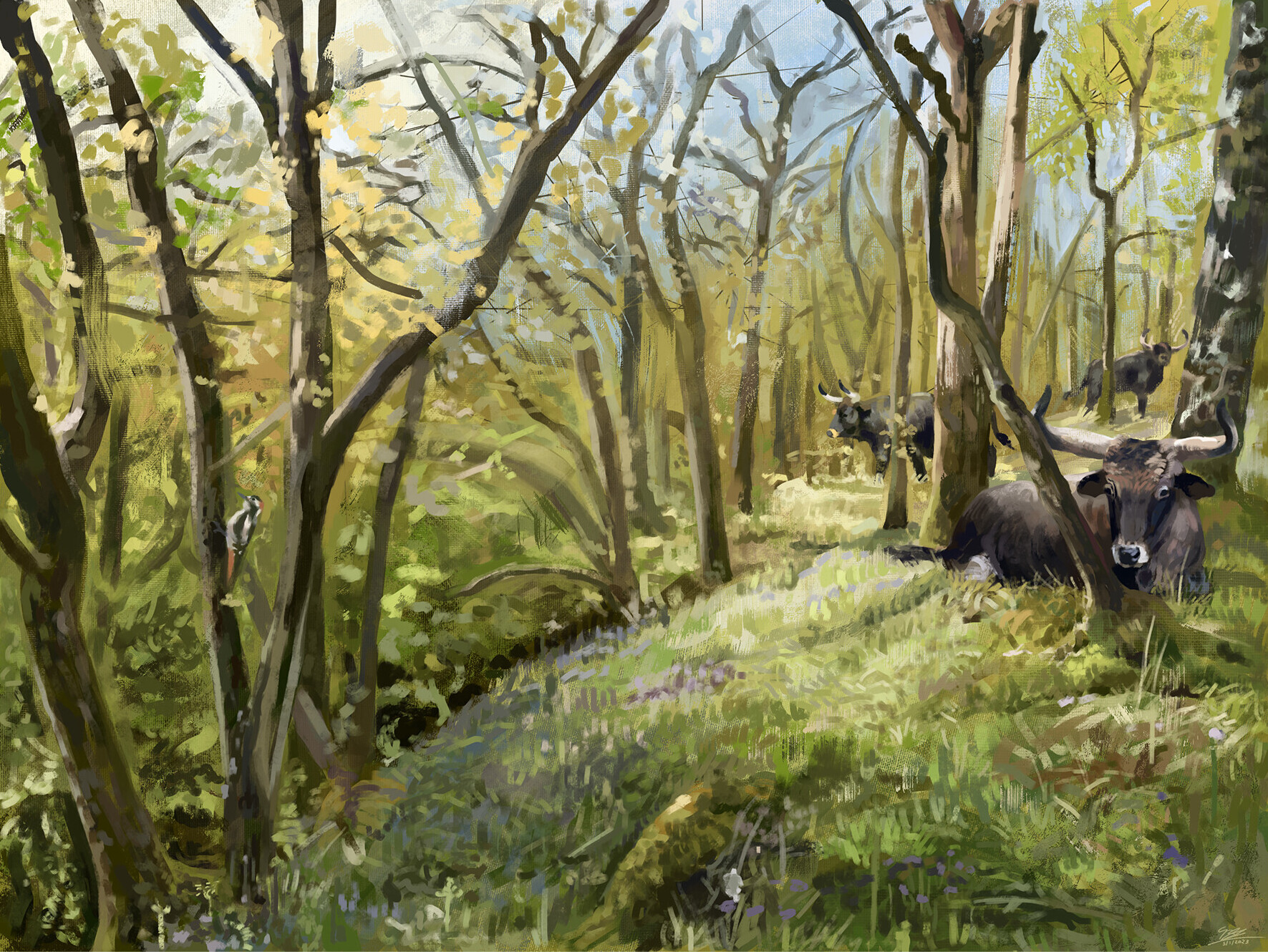|
Romito Cave
The Romito cave () is a natural limestone cave in the Lao Valley of Pollino National Park, near the town of Papasidero in Calabria, Italy. Stratigraphic record of the first excavation confirmed prolonged paleo-human occupation during the Upper Paleolithic from 17,000 years ago and the Neolithic from 6,400 years ago. A single, but exquisite piece of Upper Paleolithic parietal rock engraving was documented. Several burial sites of varying age were initially discovered. Irregularly recurring sessions have led to additional finds, which suggests future excavation work. Notable is the amount of accumulated data that has revealed deeper understanding of prehistoric daily life, the remarkable quality of the rock carvings and the burial named ''Romito 2'', who exhibits features of pathological skeletal conditions (dwarfism). Site The ''Grotta del Romito'' was discovered by Agostino Miglio, then director of the Town Museum in Castrovillari in spring of 1961, who had received curious in ... [...More Info...] [...Related Items...] OR: [Wikipedia] [Google] [Baidu] |
Romito Grotte Un
Romito may refer to: * Romito Cave The Romito cave () is a natural limestone cave in the Lao Valley of Pollino National Park, near the town of Papasidero in Calabria, Italy. Stratigraphic record of the first excavation confirmed prolonged paleo-human occupation during the Upper P ..., a natural limestone cave in the Lao Valley of Pollino National Park, Calabria, Italy * Il Romito, a village of the comune of Pontedera, Province of Pisa, Tuscany, Italy * Felipe Romito (1893-1962), Argentine singer * Tommaso Romito (born 1982), Italian footballer See also * Romiti, a surname {{disambiguation ... [...More Info...] [...Related Items...] OR: [Wikipedia] [Google] [Baidu] |
Epigravettian
The Epigravettian (Greek: ''epi'' "above, on top of", and Gravettian) was one of the last archaeological industries and cultures of the European Upper Paleolithic. It emerged after the Last Glacial Maximum around ~21,000 cal. BP or 19,050 BC. It succeeds the Gravettian culture in Italy. Initially named ''Tardigravettian'' (Late Gravettian) in 1964 by Georges Laplace in reference to several lithic industries found in Italy, it was later renamed in order to better emphasize its independent character. Three subphases, the ''Early Epigravettian'' (20,000 to 16,000 BP), the ''Evolved Epigravettian'' (16,000 to 14,000 BP) and the ''Final Epigravettian'' (14,000 to 8,000 BP), have been established, that were further subdivided and reclassified. In this sense, the Epigravettian is simply the Gravettian after ~21,000 BP, when the Solutrean had replaced the Gravettian in most of France and Spain. Several Epigravettian cultural centers have developed contemporaneously after 22,000 ye ... [...More Info...] [...Related Items...] OR: [Wikipedia] [Google] [Baidu] |
Caves Of Italy
Caves or caverns are natural voids under the Earth's surface. Caves often form by the weathering of rock and often extend deep underground. Exogene caves are smaller openings that extend a relatively short distance underground (such as rock shelters). Caves which extend further underground than the opening is wide are called endogene caves. Speleology is the science of exploration and study of all aspects of caves and the cave environment. Visiting or exploring caves for recreation may be called ''caving'', ''potholing'', or ''spelunking''. Formation types The formation and development of caves is known as ''speleogenesis''; it can occur over the course of millions of years. Caves can range widely in size, and are formed by various geological processes. These may involve a combination of chemical processes, erosion by water, tectonic forces, microorganisms, pressure, and atmospheric influences. Isotopic dating techniques can be applied to cave sediments, to determine the time ... [...More Info...] [...Related Items...] OR: [Wikipedia] [Google] [Baidu] |
Prehistoric Sites In Italy
Prehistory, also called pre-literary history, is the period of human history between the first known use of stone tools by hominins million years ago and the beginning of recorded history with the invention of writing systems. The use of symbols, marks, and images appears very early among humans, but the earliest known writing systems appeared years ago. It took thousands of years for writing systems to be widely adopted, with writing having spread to almost all cultures by the 19th century. The end of prehistory therefore came at different times in different places, and the term is less often used in discussing societies where prehistory ended relatively recently. It is based on an old conception of history that without written records there could be no history. The most common conception today is that history is based on evidence, however the concept of prehistory hasn't been completely discarded. In the early Bronze Age, Sumer in Mesopotamia, the Indus Valley Civilis ... [...More Info...] [...Related Items...] OR: [Wikipedia] [Google] [Baidu] |
Acromesomelic Dysplasia
Acromesomelic dysplasia is a rare skeletal disorder that causes abnormal bone and cartilage development, leading to shortening of the forearms, lower legs, hands, feet, fingers, and toes. Five different genetic mutations have been implicated in the disorder. Treatment is individualized but is generally aimed at palliating symptoms, for example, treatment of kyphosis and lumbar hyperlordosis. Signs and symptoms Acromesomelic dysplasia (AMD) is characterized by the inhibition of growth of certain long bones such as the forearms and lower legs. This disease typically becomes apparent during the first years of life. Forearms, lower legs, hands and feet do not grow proportionally with the rest of the body. Over time, individuals can have a hard time fully extending their arms, rotating the arms inwards towards the body with palms facing down and rotating the arms outward with the palms facing upward. Abnormalities of cartilage and bone development may also cause the bones within the ... [...More Info...] [...Related Items...] OR: [Wikipedia] [Google] [Baidu] |
Dwarfism
Dwarfism is a condition of people and animals marked by unusually small size or short stature. In humans, it is sometimes defined as an adult height of less than , regardless of sex; the average adult height among people with dwarfism is . ''Disproportionate dwarfism'' is characterized by either Rhizomelia, short limbs or a short torso. In cases of ''proportionate dwarfism'', both the limbs and torso are unusually small. Intelligence is usually normal, and most people with it have a nearly normal life expectancy. People with dwarfism can usually bear children, although there are additional Pregnancy risks, risks to the mother and child depending upon the underlying condition. The most common and recognizable form of dwarfism in humans (comprising 70% of cases) is achondroplasia, a genetic disorder whereby the limbs are diminutive. Growth hormone deficiency is responsible for most other cases. There are many other less common causes. Treatment of the condition depends on the u ... [...More Info...] [...Related Items...] OR: [Wikipedia] [Google] [Baidu] |
Epipaleolithic
In archaeology, the Epipalaeolithic or Epipaleolithic (sometimes Epi-paleolithic etc.) is a period occurring between the Upper Paleolithic and Neolithic during the Stone Age. Mesolithic also falls between these two periods, and the two are sometimes confused or used as synonyms. More often, they are distinct, referring to approximately the same period of time in different geographic areas. Epipaleolithic always includes Epipalaeolithic Near East, this period in the Levant and, often, the rest of the Near East. It sometimes includes parts of Southeast Europe, where Mesolithic is much more commonly used. Mesolithic very rarely includes the Levant or the Near East; in Europe, Epipalaeolithic is used, though not very often, to refer to the early Mesolithic. The Epipalaeolithic has been defined as the "final Upper Palaeolithic industries occurring at the end of the final Last glacial period, glaciation which appear to merge technologically into the Mesolithic". The period is general ... [...More Info...] [...Related Items...] OR: [Wikipedia] [Google] [Baidu] |
Adriatic Sea
The Adriatic Sea () is a body of water separating the Italian Peninsula from the Balkans, Balkan Peninsula. The Adriatic is the northernmost arm of the Mediterranean Sea, extending from the Strait of Otranto (where it connects to the Ionian Sea) to the northwest and the Po Valley. The countries with coasts on the Adriatic are Albania, Bosnia and Herzegovina, Croatia, Italy, Montenegro, and Slovenia. The Adriatic contains more than 1,300 islands, mostly located along its eastern coast. It is divided into three basins, the northern being the shallowest and the southern being the deepest, with a maximum depth of . The prevailing currents flow counterclockwise from the Strait of Otranto. Tidal movements in the Adriatic are slight, although acqua alta, larger amplitudes occur occasionally. The Adriatic's salinity is lower than the Mediterranean's because it collects a third of the fresh water flowing into the Mediterranean, acting as a dilution basin. The surface water temperatures ... [...More Info...] [...Related Items...] OR: [Wikipedia] [Google] [Baidu] |
Tyrrhenian Sea
The Tyrrhenian Sea (, ; or ) , , , , is part of the Mediterranean Sea off the western coast of Italy. It is named for the Tyrrhenians, Tyrrhenian people identified with the Etruscans of Italy. Geography The sea is bounded by the islands of Corsica and Sardinia (to the west), the Italian Peninsula (regions of Tuscany, Lazio, Campania, Basilicata, and Calabria) to the north and east, and the island of Sicily (to the south). The Tyrrhenian Sea also includes a number of smaller islands like Capri, Elba, Ischia, and Ustica. The maximum depth of the sea is . The Tyrrhenian Sea is situated near where the African Plate, African and Eurasian Plates meet; therefore mountain chains and active volcanoes, such as Mount Marsili, are found in its depths. The eight Aeolian Islands and Ustica are located in the southern part of the sea, north of Sicily. Extent The International Hydrographic Organization defines the limits of the Tyrrhenian Sea as follows: * In the Strait of Messina: A line ... [...More Info...] [...Related Items...] OR: [Wikipedia] [Google] [Baidu] |
Aeolian Islands
The Aeolian Islands ( ; ; ), sometimes referred to as the Lipari Islands or Lipari group ( , ) after their largest island, are a volcanic archipelago in the Tyrrhenian Sea north of Sicily, said to be named after Aeolus, the mythical ruler of the winds. The islands' inhabitants are known as Aeolians (). The islands had a permanent population of 14,224 at the 2011 census; the latest official estimate is 15,419 as of 1 January 2019. The Aeolian Islands are a popular tourist destination in the summer and attract up to 600,000 visitors annually. There are seven significant islands: Lipari, Vulcano, Salina, Stromboli, Filicudi, Alicudi and Panarea, and a set of minor islands and rocks. Geography The Aeolian Islands are off the north coast of Sicily in the Tyrrhenian Sea. Vulcano is located closest to the Sicilian coast. Lipari and Salina follow to the north, Filicudi and Alicudi to the west, and Panarea and Stromboli to the northeast. In addition to these seven inhabited is ... [...More Info...] [...Related Items...] OR: [Wikipedia] [Google] [Baidu] |
Aurochs
The aurochs (''Bos primigenius''; or ; pl.: aurochs or aurochsen) is an extinct species of Bovini, bovine, considered to be the wild ancestor of modern domestic cattle. With a shoulder height of up to in bulls and in cows, it was one of the largest herbivores in the Holocene; it had massive elongated and broad horns that reached in length. The aurochs was part of the Pleistocene megafauna. It probably evolved in Asia and migrated west and north during warm interglacial periods. The oldest-known aurochs fossils date to the Middle Pleistocene. The species had an expansive range spanning from Western Europe and North Africa to the Indian subcontinent and East Asia. The distribution of the aurochs progressively contracted during the Holocene due to habitat loss and hunting, with the last known individual dying in the Jaktorów forest in Poland in 1627. There is a long history of interaction between aurochs and humans, including archaic hominins like Neanderthals. The aurochs ... [...More Info...] [...Related Items...] OR: [Wikipedia] [Google] [Baidu] |
Aurochs Reconstruction
The aurochs (''Bos primigenius''; or ; pl.: aurochs or aurochsen) is an extinct species of bovine, considered to be the wild ancestor of modern domestic cattle. With a shoulder height of up to in bulls and in cows, it was one of the largest herbivores in the Holocene; it had massive elongated and broad horns that reached in length. The aurochs was part of the Pleistocene megafauna. It probably evolved in Asia and migrated west and north during warm interglacial periods. The oldest-known aurochs fossils date to the Middle Pleistocene. The species had an expansive range spanning from Western Europe and North Africa to the Indian subcontinent and East Asia. The distribution of the aurochs progressively contracted during the Holocene due to habitat loss and hunting, with the last known individual dying in the Jaktorów forest in Poland in 1627. There is a long history of interaction between aurochs and humans, including archaic hominins like Neanderthals. The aurochs is depi ... [...More Info...] [...Related Items...] OR: [Wikipedia] [Google] [Baidu] |









